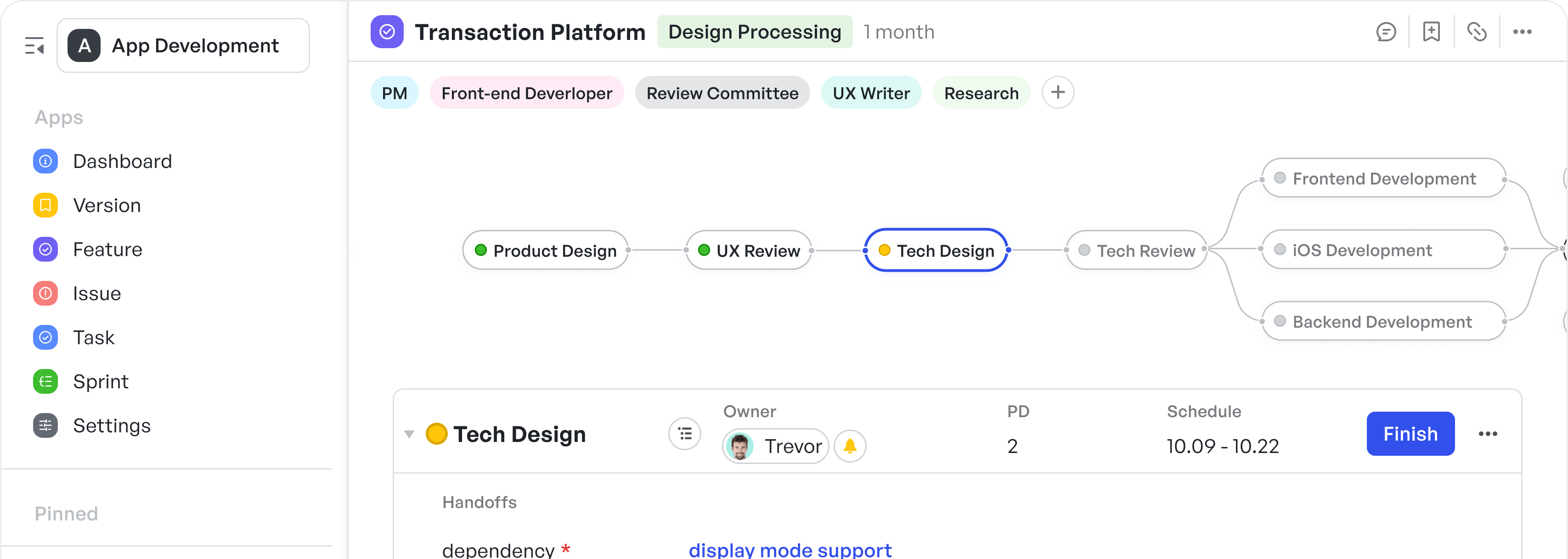Agile Risk Management
Agile methodology is characterized by iterative development and flexibility. Risks in Agile are managed through close collaboration among team members, continuous feedback, and regular adaptation to changing circumstances.
Key Strategies in Agile:
- Sprints: Agile breaks down projects into 'sprints', allowing teams to focus on small sections of the project at a time, which makes identifying and managing risks on a micro-level more manageable.
- Stand-up Meetings: Daily stand-up meetings are used to raise immediate concerns, including emerging risks, ensuring that they are addressed swiftly.
- Retrospectives: Regular retrospective meetings enable teams to reflect on the sprint and identify what risks were managed well and which need better handling in future sprints.
Waterfall Risk Management
The Waterfall methodology is a sequential approach to project management. Each phase must be completed before the next begins, implying that risks need to be identified and assessed in the early stages.
Key Strategies in Waterfall:
- Thorough Planning: Detailed planning at the start allows for a comprehensive risk assessment that seeks to identify and mitigate risks before execution.
- Gantt Charts: Tools such as Gantt charts help in visualizing the project schedule and dependencies, which is instrumental in pinpointing and monitoring risks as the project progresses.
- Gate Reviews: These are implemented at each phase-end to review deliverables and identify any deviations from the plan that may present risks.
PRINCE2 Risk Management
PRINCE2 (Projects IN Controlled Environments) is a process-driven methodology that emphasizes stringent controls throughout the project lifecycle.
Key Strategies in PRINCE2:
- Risk Register: PRINCE2 advocates for a risk register where all identified risks are recorded, analyzed, and monitored.
- Risk Management Strategy: A formal risk management strategy is developed, detailing how risks will be approached and reported on.
- Risk Owners: Specific individuals are assigned as 'risk owners', charged with the task of monitoring particular risks and executing response strategies.
Lean Risk Management
Lean project management focuses on value delivery and waste reduction. It operates under the principle that waste is a risk to project value and must be eliminated.
Key Strategies in Lean:
- Value Stream Mapping: Identifying the flow of value in the project process, which helps highlight non-value-adding activities (waste) that pose risks to project value.
- Continuous Improvement (Kaizen): Constantly seeking ways to improve processes, thereby preemptively addressing risks associated with inefficiencies.
- Pull Systems: Implementing pull systems to control work in progress and reduce the risk of overload or bottlenecks.
Scrum Risk Management
As an Agile framework, Scrum has specific practices for managing risks within rapid development cycles.
Key Strategies in Scrum:
- Product Backlog: Potential risks are factored into the product backlog items and prioritized for sprints to manage and mitigate them actively.
- Sprint Goals: Clear sprint goals can align the team, highlighting risks to sprint deliverables and focusing on risk management efforts.
- Scrum of Scrums: For larger projects with multiple Scrum teams, the Scrum of scrums meetings helps coordinate and discuss risks that may affect teams interdependently.
Effective risk management in project management is not a one-size-fits-all approach. Each methodology brings a different perspective and tools for dealing with uncertainties. The key lies in understanding the fundamentals of each to ensure risks don't derail project objectives. A project manager's acumen in selecting the right methodology and customizing its risk management framework is vital to navigating the complexity of risks and steering the project toward success.
Adapting to the specific needs and environment of the project, along with proactive risk identification, assessment, and responsive mitigation strategies, ultimately determines the robustness of risk management within a given methodology. Each project, with its unique challenges and opportunities, might find a distinct combination of these methodological strategies to be the most efficient path to project excellence and risk resilience.
